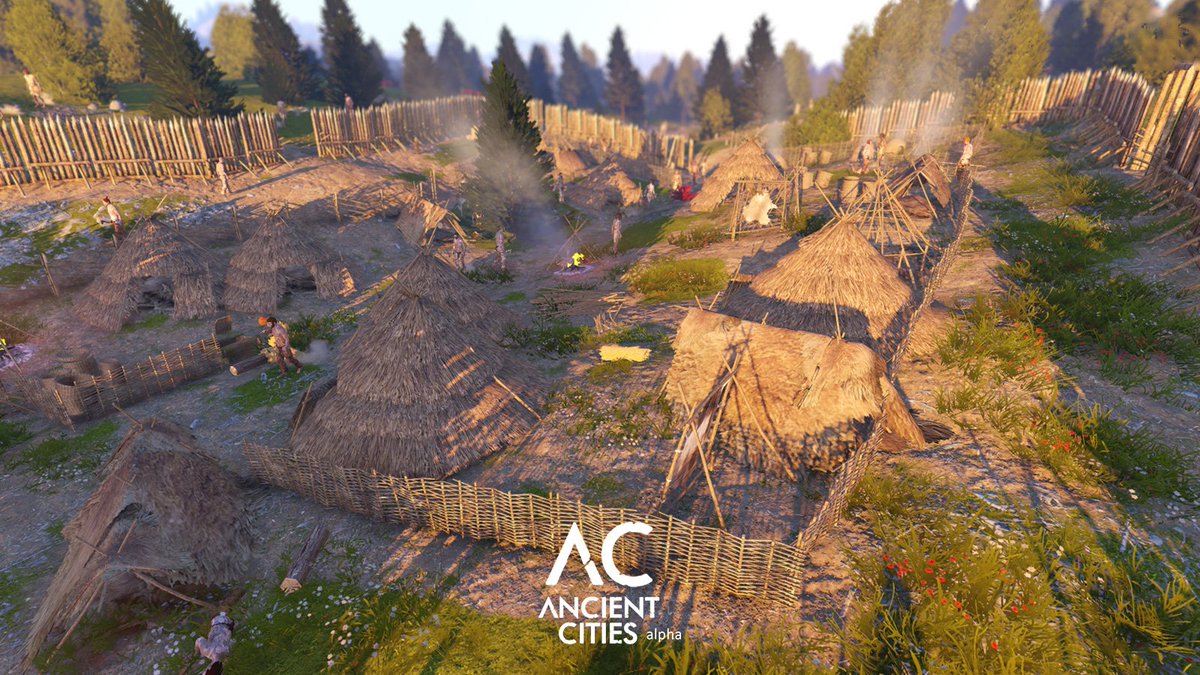

The Harappan cities did not have palaces or temples, and show no evidence that the society was ruled by hereditary potentates like kings and queens.

Mohenjo-daro has been estimated to have had a population of around 40,000 or more Harappa was likely around the same. Both cities cover somewhat less than 2.6 square kilometers (one square mile). Most of what is known about their culture and civilization comes from the ruins of their two largest cities: Harappa and Mohenjo-daro.

It was located in what is now Pakistan and northwest India, on the flood plain of the Indus River.Īlthough the Harappans had a written language, the Indus script remains undeciphered. The Indus Valley civilization (circa 3300–1700 B.C.E.), also known as the Harappan civilization, was one of the earliest urban civilizations, roughly contemporaneous with those of Mesopotamia, Egypt, and China. Looking at one of these early civilizations in particular offers an illuminating view of early urban life. With modern technology, scientific explorers have been able to gain insight into the past. What was life like in the earliest cities created by humankind? This question has been pondered by archaeologists and historians for centuries.


 0 kommentar(er)
0 kommentar(er)
